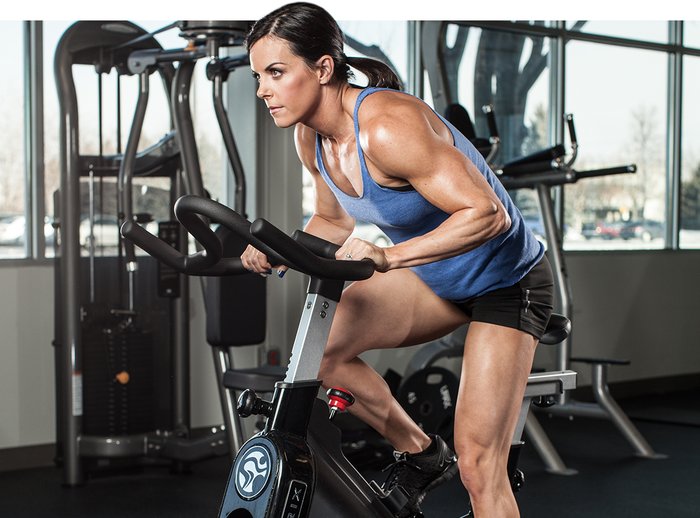AZG News Hub
Your go-to source for the latest news and informative articles.
HIIT and Run: Why Short Workouts Are the New Black
Discover why HIIT and short workouts are revolutionizing fitness trends. Join the movement and transform your routine today!
The Science Behind HIIT: How Short Workouts Deliver Big Results
High-Intensity Interval Training (HIIT) has gained immense popularity in the fitness world, and for a good reason. Research shows that HIIT can lead to comparable, if not greater, improvements in cardiovascular fitness and weight loss than traditional endurance training. In a study published in the Journal of Obesity, participants who followed a HIIT regimen experienced a significant reduction in body fat percentage within just a few weeks. This effectiveness can be attributed to the alternation between high-intensity bursts and low-intensity recovery periods, which pushes your body to adapt and burn more calories both during and after your workout.
One of the unique aspects of HIIT is its ability to boost your metabolic rate even after the workout has ended, a phenomenon known as Excess Post-Exercise Oxygen Consumption (EPOC). According to a study featured in PLoS One, HIIT sessions can elevate metabolism for several hours post-exercise, making it an efficient way to burn calories throughout the day. With workouts typically lasting between 10 to 30 minutes, incorporating HIIT into your routine not only saves time but also maximizes your results, demonstrating that shorter workouts can indeed deliver big benefits.

Maximize Your Time: 5 Reasons to Embrace HIIT and Running
Maximize Your Time with High-Intensity Interval Training (HIIT) and running. Both workouts are time-efficient and incredibly effective for those with busy schedules. Here are five compelling reasons to embrace these exercises:
- Time Efficiency: HIIT workouts can be completed in as little as 20-30 minutes, making them perfect for those with tight schedules. Studies have shown that a short burst of high-intensity training can be more beneficial than longer, moderate workouts. (Source)
- Burn More Calories: HIIT and running increase your metabolism, leading to greater calorie burn both during and after your workout. This phenomenon, known as excess post-exercise oxygen consumption (EPOC), can significantly contribute to weight loss.
Furthermore, incorporating HIIT and running into your routine can boost cardiovascular health. Regular training enhances your heart's efficiency and strengthens your body's ability to use oxygen more effectively. (Source) Additionally, both activities can easily be tailored to suit any fitness level, making them accessible and versatile.
- Motivation and Variety: The dynamic nature of HIIT promotes higher levels of enjoyment, reducing the likelihood of boredom. You can mix running with other exercises to continuously challenge your body and keep your workouts fresh.
- Improved Mental Health: Lastly, engaging in these physical activities releases endorphins, the brain's natural mood boosters. This can help to alleviate stress and anxiety, making HIIT and running not only time-saving but truly rewarding.
Can You Really Get Fit with Short Workouts? Debunking the Myths of HIIT
The idea that you must dedicate hours at the gym to achieve a fit body is a common misconception. High-Intensity Interval Training (HIIT) has revolutionized fitness by proving that shorter workouts can be just as effective, if not more so. According to research by the National Institutes of Health, HIIT can improve cardiovascular health and enhance metabolic rates in less time compared to traditional workouts. This dispels the myth that length equals efficacy; with the right approach, you can maximize results in just 20 to 30 minutes a few times a week.
Moreover, many believe that shorter workouts cannot help with weight loss or strength building. However, the same study from the National Institutes of Health highlights how HIIT promotes greater fat loss compared to steady-state exercises. The key lies in the intensity and the afterburn effect, also known as Excess Post-exercise Oxygen Consumption (EPOC), where your body continues to burn calories even after the workout has ended. Therefore, the notion that you need long workouts to see significant fitness gains is simply a myth that needs to be debunked.